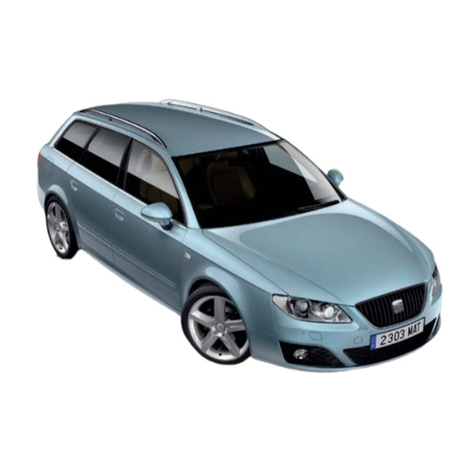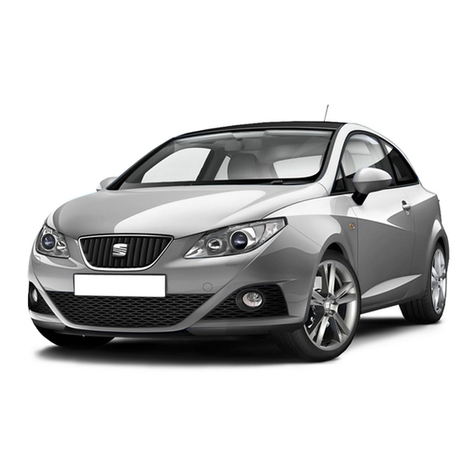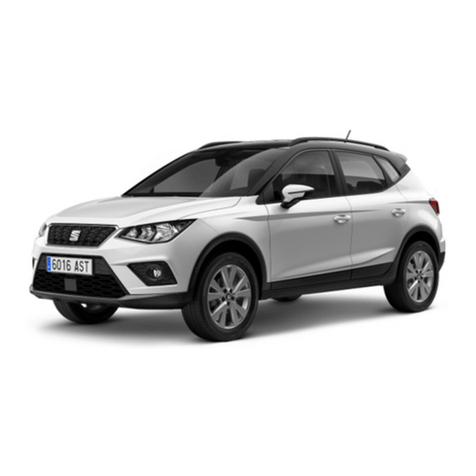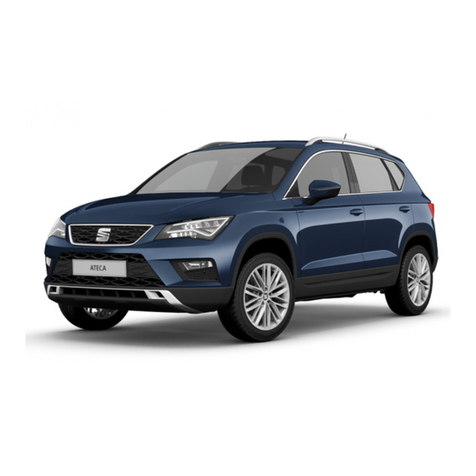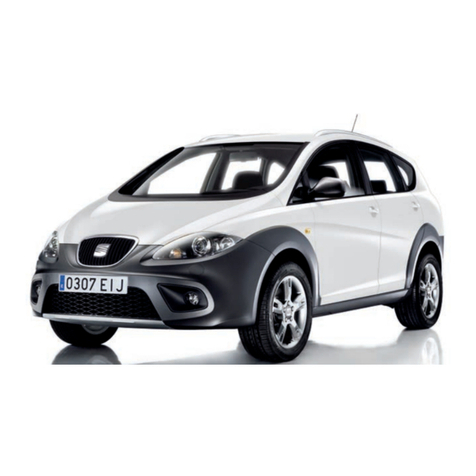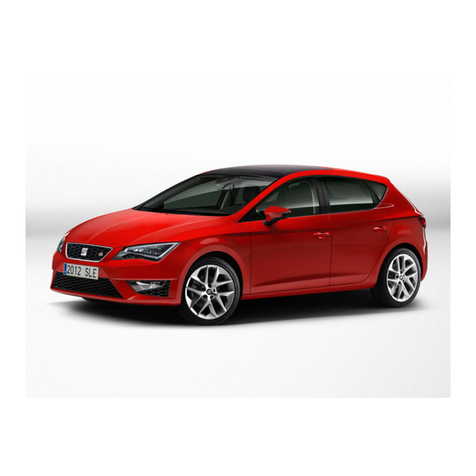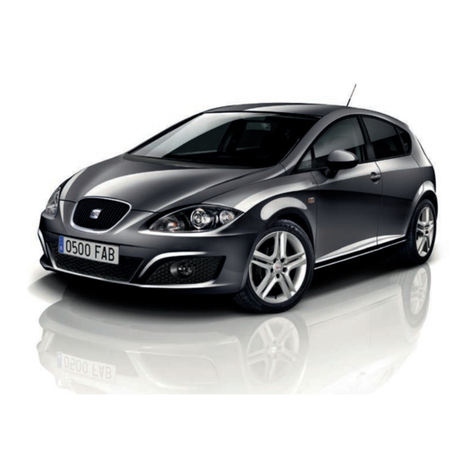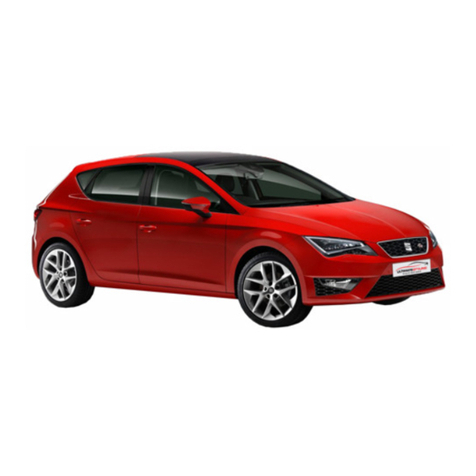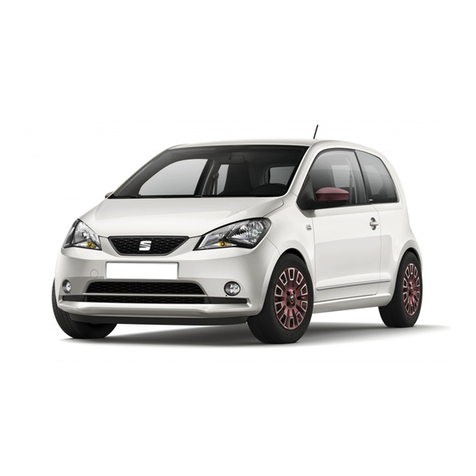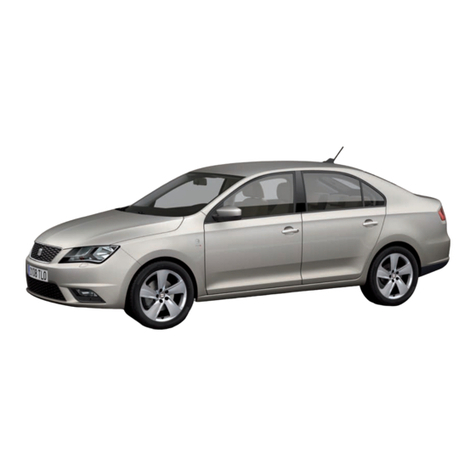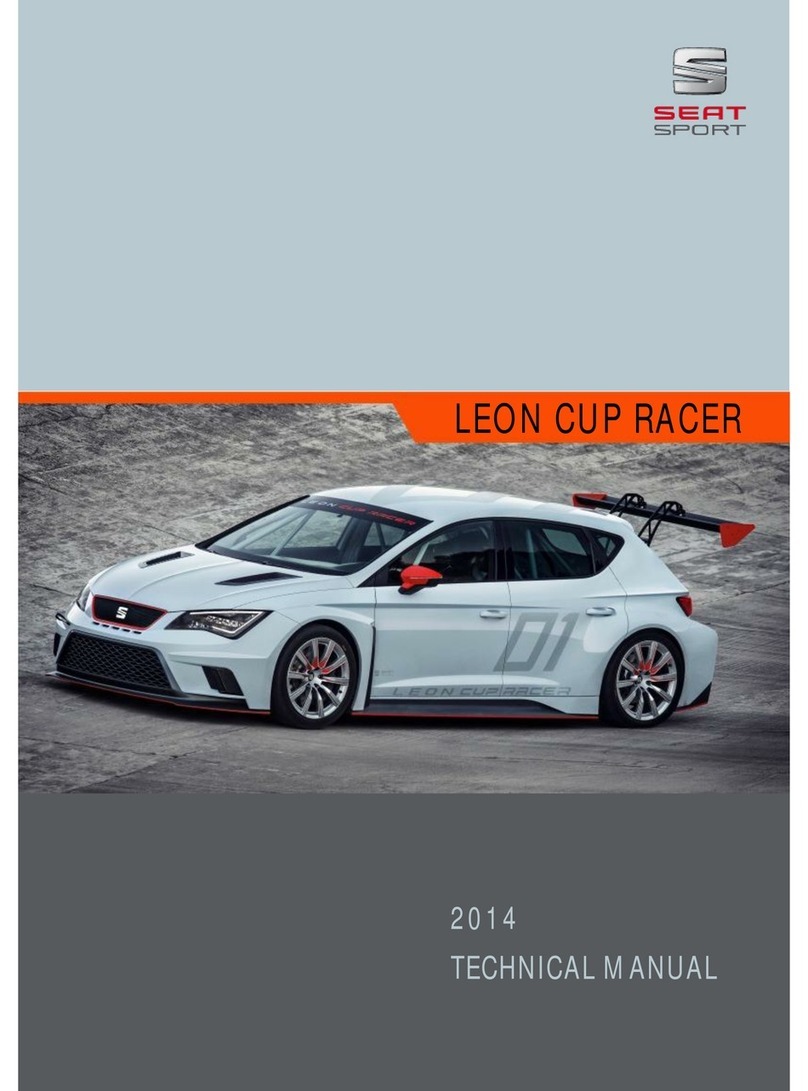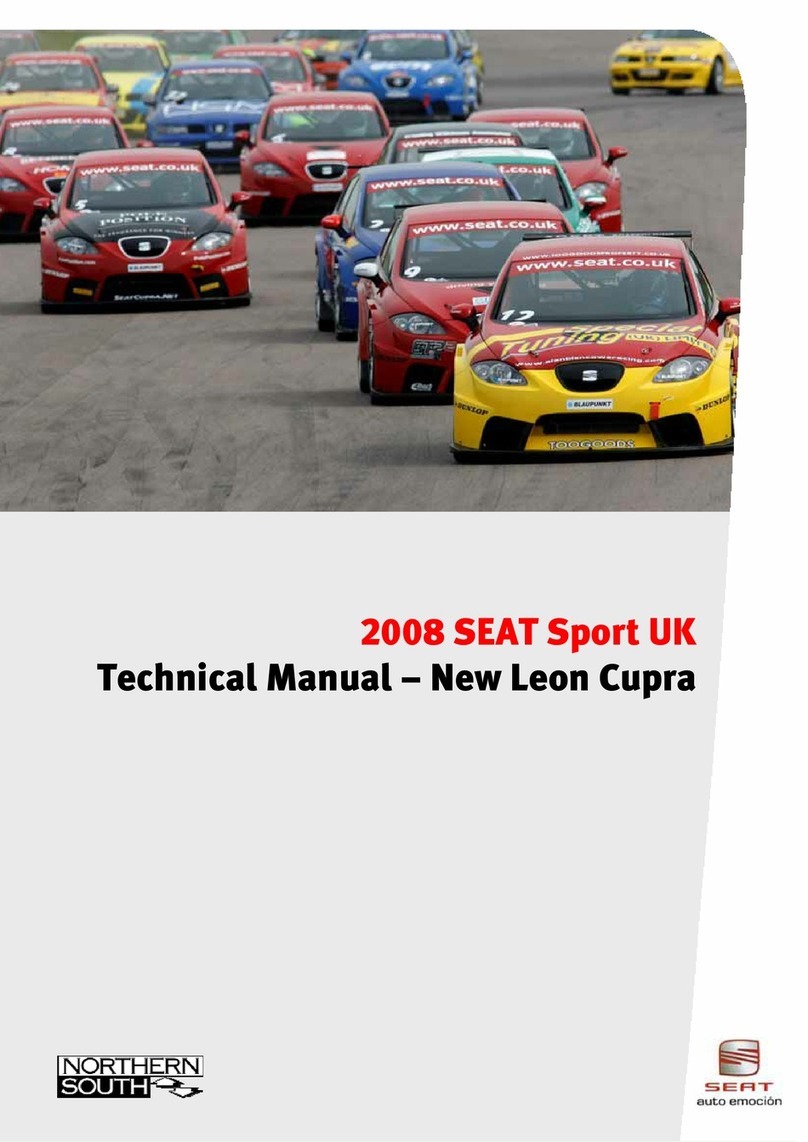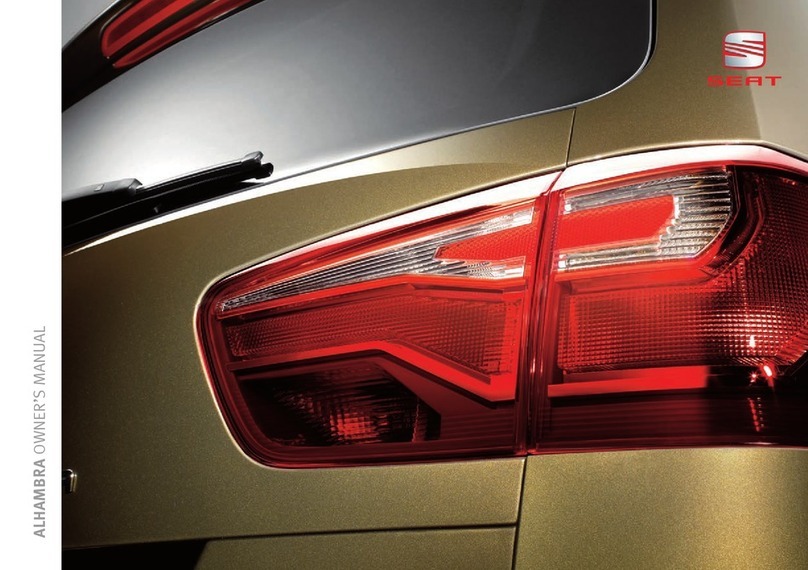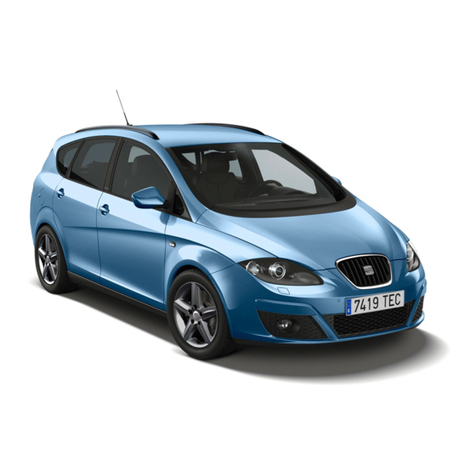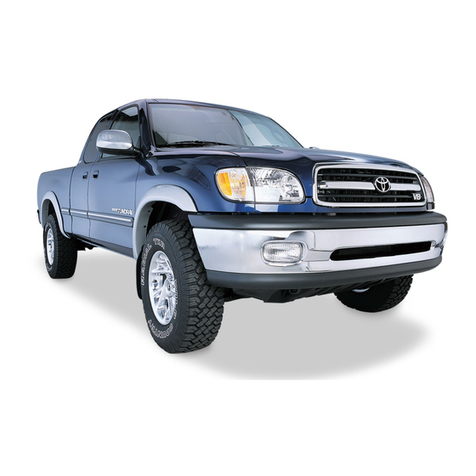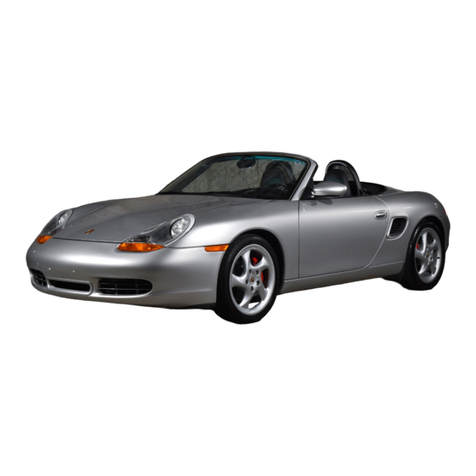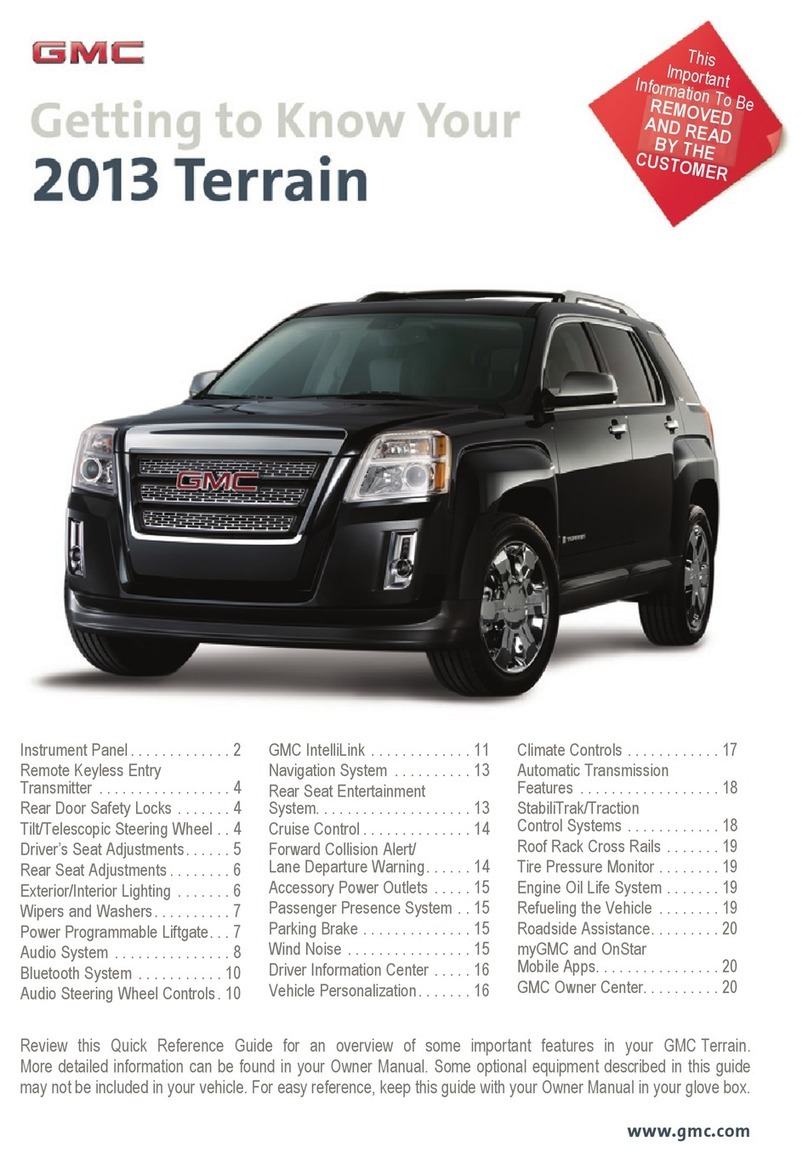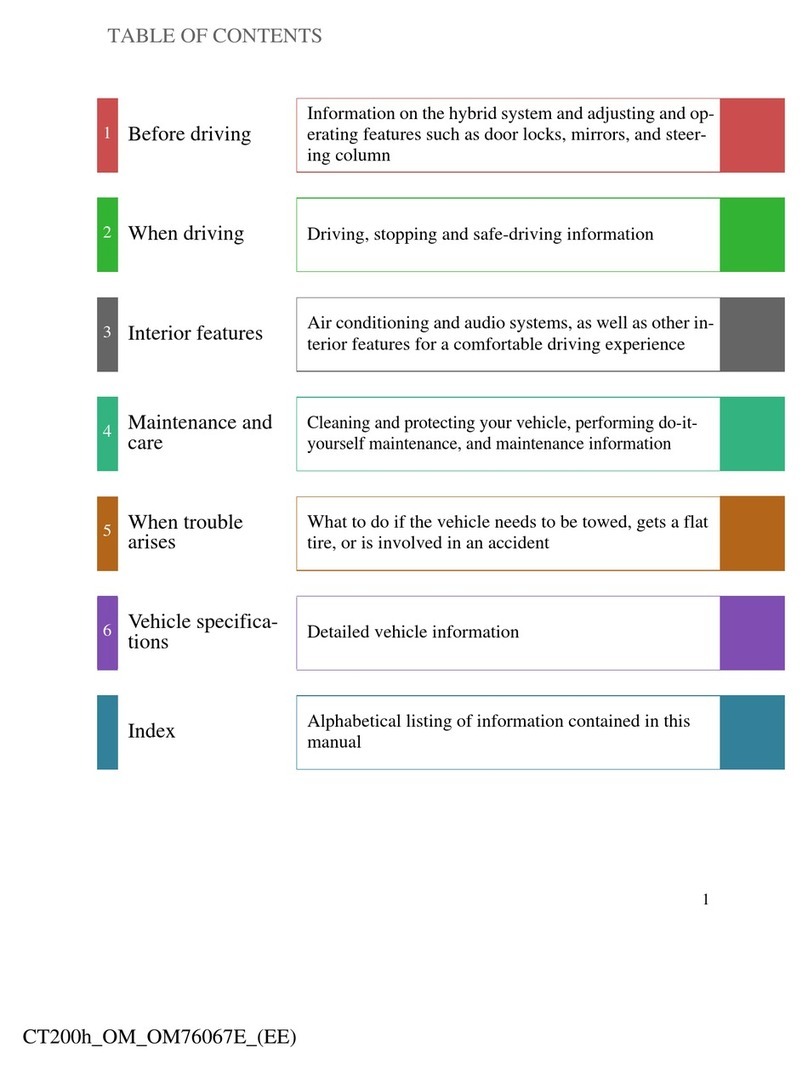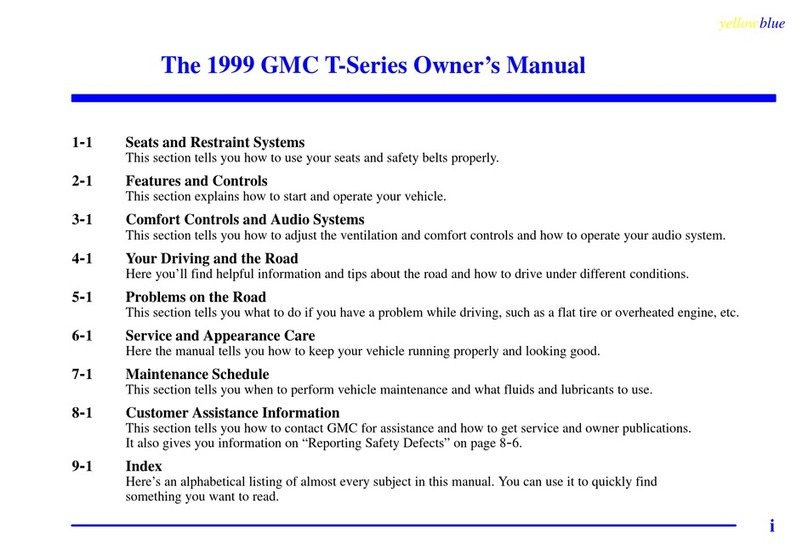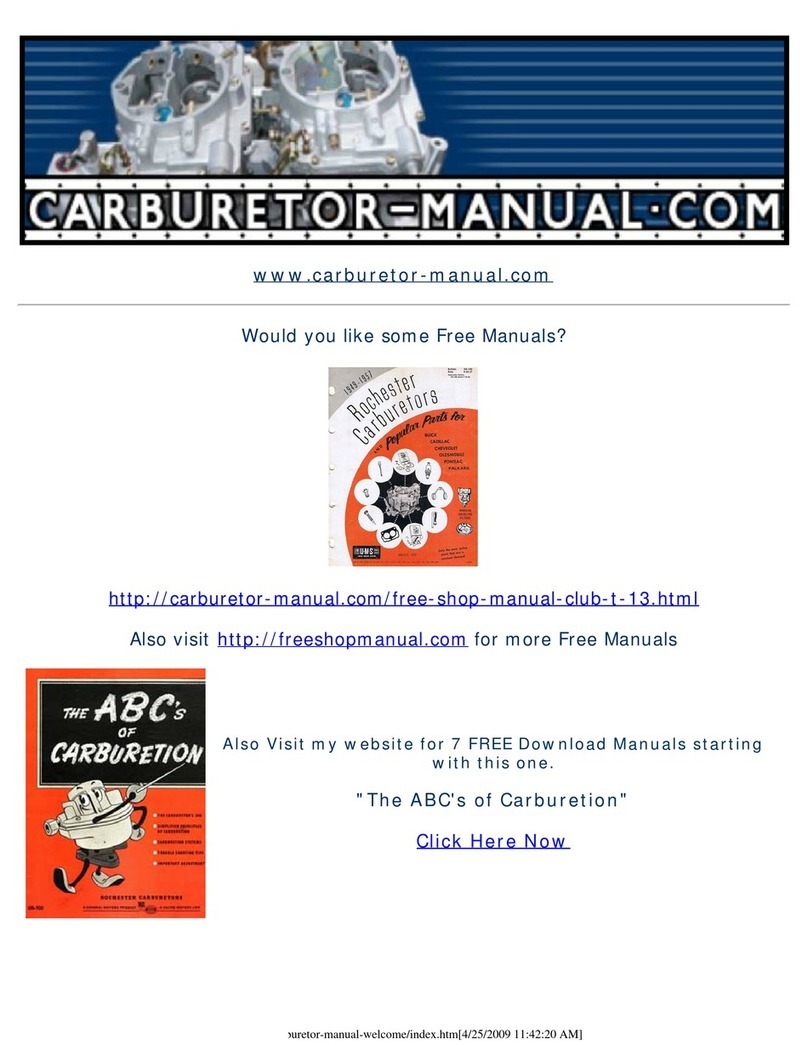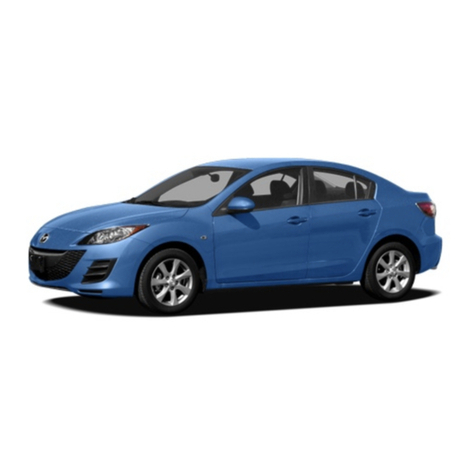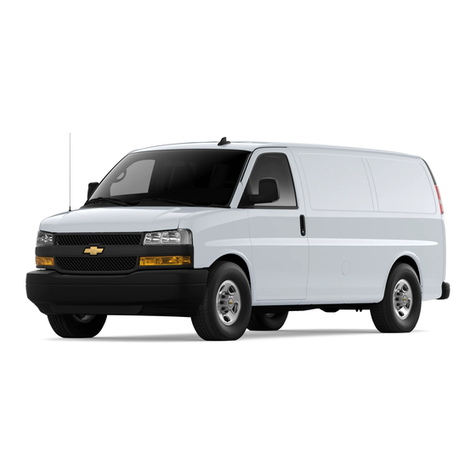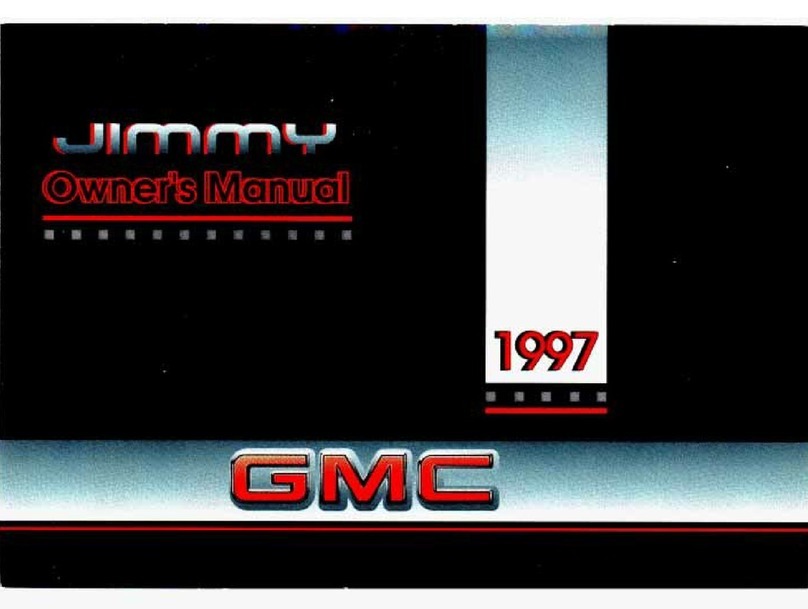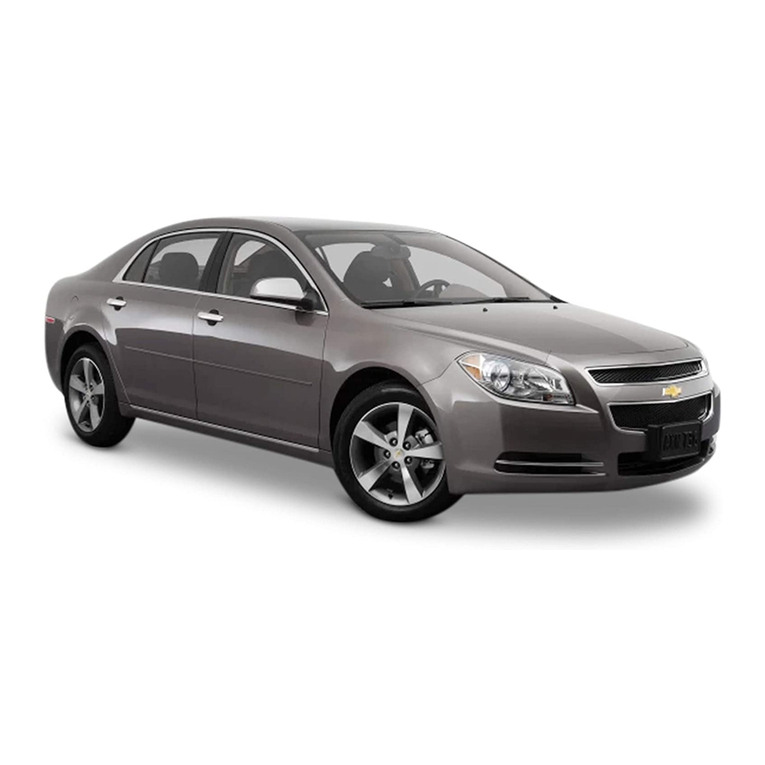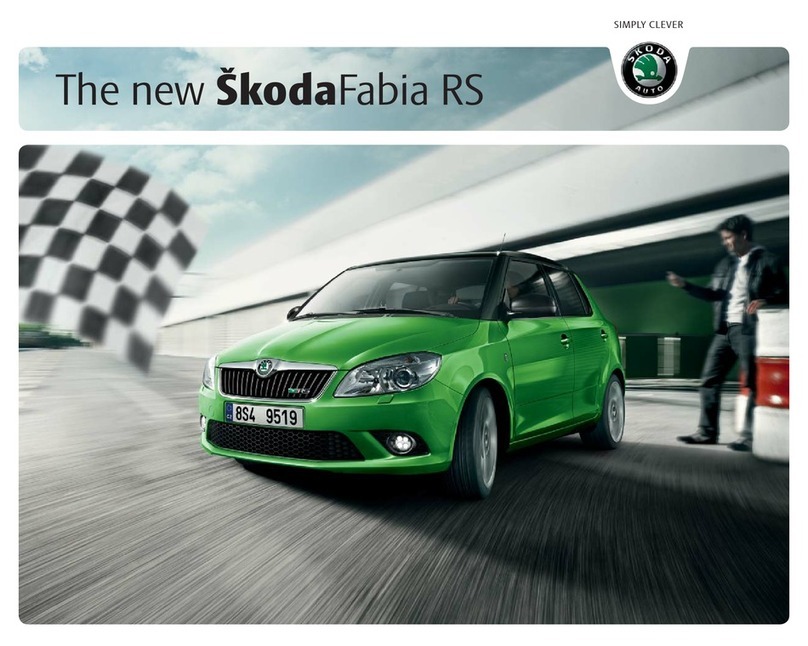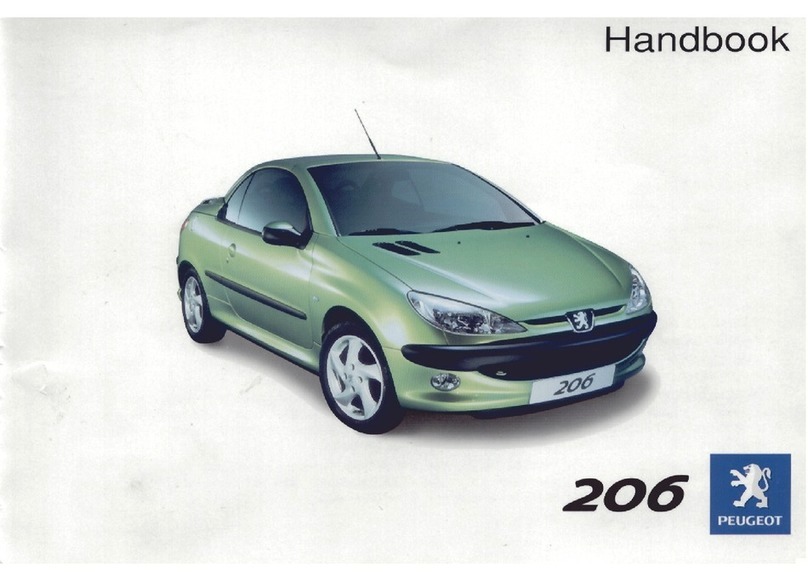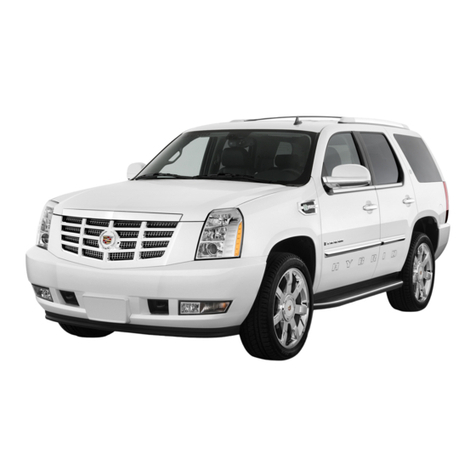
Table of Contents
Table of Contents
The essentials . . . . . . . . . . . . . . . . . . . . . . . . 5
Exterior view . . . . . . . . . . . . . . . . . . . . . . . . . . . . 5
Exterior view . . . . . . . . . . . . . . . . . . . . . . . . . . . . 6
Interior view (left guide) . . . . . . . . . . . . . . . . . . 7
How it works . . . . . . . . . . . . . . . . . . . . . . . . . . . . 8
Unlocking and locking . . . . . . . . . . . . . . . . . . . . 8
Before driving . . . . . . . . . . . . . . . . . . . . . . . . . . . 13
Airbags . . . . . . . . . . . . . . . . . . . . . . . . . . . . . . . . 16
Child seats . . . . . . . . . . . . . . . . . . . . . . . . . . . . . 19
Starting the vehicle . . . . . . . . . . . . . . . . . . . . . . 22
Lights and visibility . . . . . . . . . . . . . . . . . . . . . . 23
SEAT information system . . . . . . . . . . . . . . . . . . 25
Cruise control . . . . . . . . . . . . . . . . . . . . . . . . . . . 27
Warning lamps . . . . . . . . . . . . . . . . . . . . . . . . . . 28
Gearbox lever . . . . . . . . . . . . . . . . . . . . . . . . . . . 30
Air conditioning . . . . . . . . . . . . . . . . . . . . . . . . . 31
Level control . . . . . . . . . . . . . . . . . . . . . . . . . . . . 33
Emergencies . . . . . . . . . . . . . . . . . . . . . . . . . . . . 37
Fuses . . . . . . . . . . . . . . . . . . . . . . . . . . . . . . . . . . 37
Bulbs . . . . . . . . . . . . . . . . . . . . . . . . . . . . . . . . . . 38
Action in the event of a puncture . . . . . . . . . . . 38
Changing a wheel . . . . . . . . . . . . . . . . . . . . . . . 40
Snow chains . . . . . . . . . . . . . . . . . . . . . . . . . . . . 44
Emergency towing of the vehicle . . . . . . . . . . . 45
How to jump start . . . . . . . . . . . . . . . . . . . . . . . . 47
Changing the wiper blades . . . . . . . . . . . . . . . . 49
Safety . . . . . . . . . . . . . . . . . . . . . . . . . . . . . . . . 52
Safe driving . . . . . . . . . . . . . . . . . . . . . . . . . . . . 52
Safety first! . . . . . . . . . . . . . . . . . . . . . . . . . . . . . 52
Driving advice . . . . . . . . . . . . . . . . . . . . . . . . . . . 52
Correct sitting position for vehicle occu-
pants . . . . . . . . . . . . . . . . . . . . . . . . . . . . . . . . . . 53
Pedal area . . . . . . . . . . . . . . . . . . . . . . . . . . . . . . 56
Seat belts . . . . . . . . . . . . . . . . . . . . . . . . . . . . . . 57
Why wear a seat belt? . . . . . . . . . . . . . . . . . . . . 57
How to properly adjust your seatbelt . . . . . . . . 61
Seat belt tensioners . . . . . . . . . . . . . . . . . . . . . . 62
Airbag system . . . . . . . . . . . . . . . . . . . . . . . . . . 63
Brief introduction . . . . . . . . . . . . . . . . . . . . . . . . 63
Deactivating airbags . . . . . . . . . . . . . . . . . . . . . 66
Transporting children safely . . . . . . . . . . . . . . . 68
Safety for children . . . . . . . . . . . . . . . . . . . . . . . 68
Emergencies . . . . . . . . . . . . . . . . . . . . . . . . . . 74
Self-help . . . . . . . . . . . . . . . . . . . . . . . . . . . . . . . 74
In case of emergency . . . . . . . . . . . . . . . . . . . . . 74
Vehicle tool kit* . . . . . . . . . . . . . . . . . . . . . . . . . 74
Changing a wheel . . . . . . . . . . . . . . . . . . . . . . . 76
Tyre repair . . . . . . . . . . . . . . . . . . . . . . . . . . . . . . 76
Tow-starting and towing . . . . . . . . . . . . . . . . . . 78
Emergency locking and unlocking . . . . . . . . . . 80
Fuses and bulbs . . . . . . . . . . . . . . . . . . . . . . . . . 81
Fuses . . . . . . . . . . . . . . . . . . . . . . . . . . . . . . . . . . 81
Changing bulbs . . . . . . . . . . . . . . . . . . . . . . . . . 82
Operation . . . . . . . . . . . . . . . . . . . . . . . . . . . . . 89
Controls and displays . . . . . . . . . . . . . . . . . . . . 89
General instrument panel . . . . . . . . . . . . . . . . . 88
Instruments . . . . . . . . . . . . . . . . . . . . . . . . . . . . 90
Opening and closing . . . . . . . . . . . . . . . . . . . . . 94
Vehicle key set . . . . . . . . . . . . . . . . . . . . . . . . . . 94
Central locking* and locking system . . . . . . . . 96
Doors . . . . . . . . . . . . . . . . . . . . . . . . . . . . . . . . . . 100
Rear lid . . . . . . . . . . . . . . . . . . . . . . . . . . . . . . . . 101
Rear windows . . . . . . . . . . . . . . . . . . . . . . . . . . . 103
Sliding/tilting electric panoramic sunroof . . . . 103
Lights and visibility . . . . . . . . . . . . . . . . . . . . . . 105
Lights . . . . . . . . . . . . . . . . . . . . . . . . . . . . . . . . . 105
Visibility . . . . . . . . . . . . . . . . . . . . . . . . . . . . . . . 108
Windscreen wiper and window wiper sys-
tems . . . . . . . . . . . . . . . . . . . . . . . . . . . . . . . . . . 108
Rear vision mirror . . . . . . . . . . . . . . . . . . . . . . . . 109
Seats and head restraints . . . . . . . . . . . . . . . . . 111
Adjusting head restraint . . . . . . . . . . . . . . . . . . 111
Seat functions . . . . . . . . . . . . . . . . . . . . . . . . . . 111
Transport and practical equipment . . . . . . . . . 112
Transporting objects . . . . . . . . . . . . . . . . . . . . . 112
Practical equipment . . . . . . . . . . . . . . . . . . . . . . 114
Luggage compartment . . . . . . . . . . . . . . . . . . . . 120
Roof carrier . . . . . . . . . . . . . . . . . . . . . . . . . . . . . 124
Air conditioning . . . . . . . . . . . . . . . . . . . . . . . . . 127
Heating, ventilation and air conditioning sys-
tem . . . . . . . . . . . . . . . . . . . . . . . . . . . . . . . . . . . 127
Driving . . . . . . . . . . . . . . . . . . . . . . . . . . . . . . . . 130
Steering . . . . . . . . . . . . . . . . . . . . . . . . . . . . . . . 130
Stopping and starting the engine . . . . . . . . . . . 132
Braking and parking . . . . . . . . . . . . . . . . . . . . . 134
Changing gear . . . . . . . . . . . . . . . . . . . . . . . . . . 139
Run-in and economical driving . . . . . . . . . . . . . 143
Engine management and exhaust gas purifica-
tion system . . . . . . . . . . . . . . . . . . . . . . . . . . . . . 146
Driving abroad . . . . . . . . . . . . . . . . . . . . . . . . . . 147
Driving along flooded roadways . . . . . . . . . . . . 148
Driver assistance systems . . . . . . . . . . . . . . . . . 148
Braking and stability systems . . . . . . . . . . . . . . 148
Parking sensor system* . . . . . . . . . . . . . . . . . . . 150
Cruise control* (Cruise control system -
CCS) . . . . . . . . . . . . . . . . . . . . . . . . . . . . . . . . . . . 152
Safety Assist* (City Safety Assist function) . . . . 153
Hill driving assistant* . . . . . . . . . . . . . . . . . . . . 157
Start-Stop System . . . . . . . . . . . . . . . . . . . . . . . . 157
Towing bracket device . . . . . . . . . . . . . . . . . . . . 160
Driving with a trailer . . . . . . . . . . . . . . . . . . . . . . 160
3
